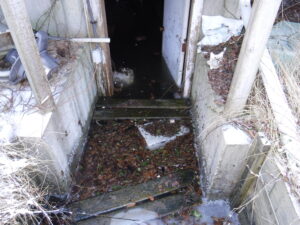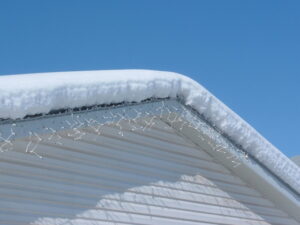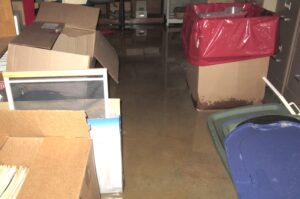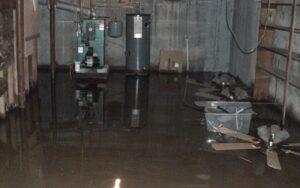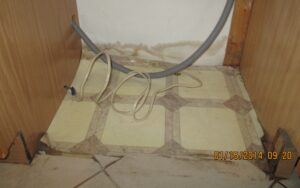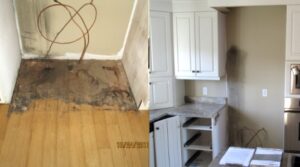Brrr, what a cold snap!
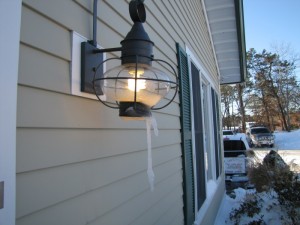
Not only is it below 32 degrees F, with the wind chill and the heavy rain yesterday we have a recipe for severe pipe freezing. You can take a few simple steps to prevent your pipes from freezing and bursting, but if it’s too late there are other steps you can take to lessen the damage they cause.
To Prevent Frozen Pipes
- If the property is only a seasonal property used in the warmer months, winterize it when not in use.
- If you’re going away for a few days turn the water main off and open your faucets.
- Keep your thermostat no lower than 65 degrees F day and night. Make sure you have enough fuel for your heating system, and have the system checked annually by a licensed professional.
- Keep all your interior doors open so warm air can easily circulate. Open doors to cabinets that have plumbing running in them.
- Make sure any exterior walls that have plumbing in them are insulated.
- For pipes in un-heated areas, wrap them with insulation. Self-sealing foam insulation is easy to install, comes in different sizes to suit your pipes and is very affordable! Don’t forget the corners. They make special pieces for those, or you can miter the corners of straight pieces and foam tape the joint.
- Seal any holes to the outside of your home (like where you may have had to drill for cable wire access) with expanding foam or calking.
- Before freezing temperatures hit, make sure to shut off exterior water supplies like outdoor spigots and showers.
- Install frost-free spigots. After installation you should still shut off the water supply and drain them before the temperatures start to dip below freezing.
- SMART Tip: Install water detection sensors and/or smart thermostats. Something to keep an eye on things while you can’t, and alert you if something does go wrong.
To Thaw Frozen Pipes
Maybe the cold snap came as a surprise, or maybe the heating system failed at just the wrong time. Whatever caused the pipes to freeze, there are things you can do to property thaw them and hopefully avoid any breaks.
- If you turn on the faucet and water doesn’t flow out, the plumbing is probably frozen. Leave the faucet open.
- If you’re not sure where the freeze is, or if you can’t get to the frozen area, call a licensed plumber.
- If you know where the freeze is and can easily access it, make sure to thaw it slowly and very carefully. Start by turning up the thermostat to increase warmth in the area.
- SLOWLY apply heat to the frozen section of the pipe. A hair dryer would work well. You could also use a heat gun, but NEVER use an open flame device. Once the water is able to start working its way past the freeze it will help unfreeze the section. If you’re successful you should hear the water finally running out of the open faucet. Double check for any leaks!
What to do with Burst Pipes
First off, don’t panic. These things happen, and there are professionals who can help you with this exact situation.
- Start by turning the water off at the main. If you can’t get to the main, you can call the town and request that it be shut off at the street. Assess if your heat and electricity are working (as long as you can do so safely!).
- Call a licensed plumber to fix the broken pipe.
- Call a property damage restoration specialist to help you with emergency mitigation services (Whalen Restoration Services to the rescue!). You’ll want the water extracted, any wet structure treated with an antimicrobial treatment, and you may need some drying equipment to run for days.
- If the water has affected your electricity, call an electrician to get that back up and running so you can power lights and drying equipment.
- If the water has affected your heating system (or if the system failing was what allowed the pipes to freeze) have a professional assess it and get it back up and running as soon as possible to prevent any additional damage from the cold.
- Call your insurance company and report the claim.
Now these may not be in the exact order that you’ll need to do them, but it’s a great checklist.
Questions? Concerns? Reach out to us! We’re happy to help!
